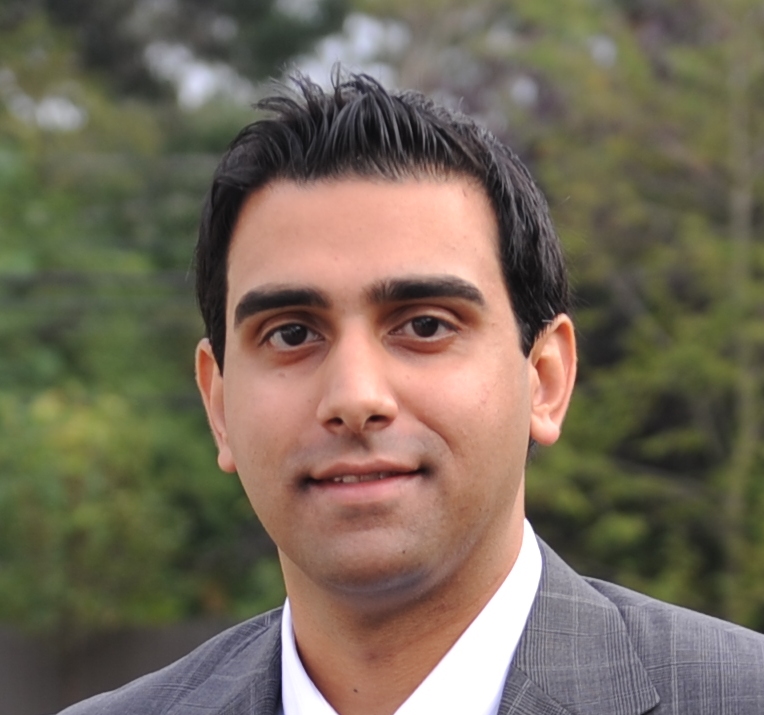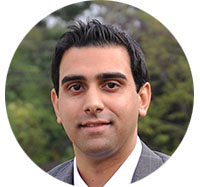Congrats on Your Structural Fellowship! Now Understand the Challenges Ahead
2016-2017 Fellow Talk Bloggers

As I meet and network with fellows at various conferences, it’s easy to run into dozens of colleagues who want to pursue structural heart fellowships. However, there just aren’t enough spots for everyone interested in this additional year of training. As of now, there are only 27 programs and 33 training slots in the United States and Canada. While I’m sure these numbers will rise, training an increasing number of structural fellows will come with its own set of challenges as we face the realities of a demand and supply mismatch in the current job market.
To navigate the challenges that structural training can bring, understand that knowing your future niche is really only 30% of the battle. The real goals should be to figure out how you will foster a successful career in a competitive and challenging environment, while producing quality outcomes commensurate with your skill set.
Not All Structural Fellowships Are the Same
As with many specialties, it is nearly impossible to fit all the information needed for a career in structural interventions within 1 year. Therefore, what fellows are exposed to during that year will heavily affect their job possibilities after training. In a recent Fellow Talk post, Ankur Kalra, MD, called attention to the fact that structural heart training is not currently based on a consistent curriculum, which means there is an imbalance in the skills among graduates. For example, some programs are TAVR heavy with minimal exposure to mitral valve therapies, LAA closure, or other experimental valve platforms.
Structural fellows might need to dedicate an extra year of training to a program that may not adequately expose them to all structural therapies. What are the consequences of that reality? Before committing to a program, candidates need to be fully informed about what procedures they will learn and whether they will be primary operators during their fellowship. Indeed as Kalra states, there is a profound need for “collaboration and a consistent curriculum” across the various training programs.
Barriers to Entry Needed
 I’m digging deep back to my days as an economics student, but every sustainable marketplace has barriers to entry and some form of regulation. If we think of the field of structural heart interventions as a marketplace where services are performed by trained physicians and consumed by patients, then we find ourselves in a market that today has very few barriers to entry and little to no regulation. Any trained coronary or peripheral interventionalist with an interest in structural heart disease can become a “structuralist” simply by virtue of successfully performing structural procedures in adequate volume.
I’m digging deep back to my days as an economics student, but every sustainable marketplace has barriers to entry and some form of regulation. If we think of the field of structural heart interventions as a marketplace where services are performed by trained physicians and consumed by patients, then we find ourselves in a market that today has very few barriers to entry and little to no regulation. Any trained coronary or peripheral interventionalist with an interest in structural heart disease can become a “structuralist” simply by virtue of successfully performing structural procedures in adequate volume.
What is a structuralist? I’d argue that there is no perfect definition as of today, since each operator has different skill sets or areas of interest. This raises several questions:
- Should there be a dedicated board exam for those of us pursuing a structural fellowship?
- Would the exam be some sort of amalgam of cardiac imaging and advanced interventional and congenital heart disease concepts?
- Who would administer such an exam, and what would be the requirements to sit for it?
- If there is a board exam for structural interventional cardiology, would we need to have a regulating body to ensure that all fellowships are accredited to meet a minimum standard?
Suffice it to say, there are many different physician “merchants” in the marketplace of structural heart disease—including interventional cardiologists trained on the job, trainees completing an organized structural fellowship, fellows exposed to some degree of structural training during their interventional year, and those who travel abroad to acquire structural skills. This means that those of us enrolled in structural fellowships will eventually apply for jobs that could be filled by a multitude of applicants with varying levels of proficiency. Additionally, health systems interested in starting a valve program are likely to invest in a stepwise fashion by first committing only to TAVR.
This will lead to underemployment of structurally-trained operators. A fellow might do an extra year of training at an organized structural fellowship program but end up taking a job where only a fraction of their toolkit is useful. Ultimately it comes down to a lack of synchrony between job descriptions and physician skill sets in a rapidly growing marketplace. Your fellowship may make you facile with everything structural, but the jobs you encounter may be for programs interested in a “TAVR person” or a “MitraClip person.”
How do you prevent atrophy of your skills when you aren’t performing the full array of structural procedures after graduating? Moreover, given the paucity of regulation or requirements for training in structural heart disease, if TAVR is all you want to do, do you really need to do a whole year of advanced structural training? These are the very real questions that all fellows and those mentoring them ought to be thinking about before applying for or recommending a structural heart fellowship.
Be the Best Structuralist You Can Be
If you have in fact decided to pursue an additional year in structural training or are already in a fellowship program, congrats. But now you must set yourself apart from other structuralists. Waleed Alharbi, MD, composed a past post on this very issue. My advice: push yourself and strive to get exposure in each of the necessary skill sets of structural heart disease, so that you can best serve your patients and be highly marketable for coveted jobs.
Rahul Sharma, MD, is currently completing an advanced fellowship in structural heart interventions at Swedish Medical Center (Seattle, WA). He…
Read Full Bio

Comments